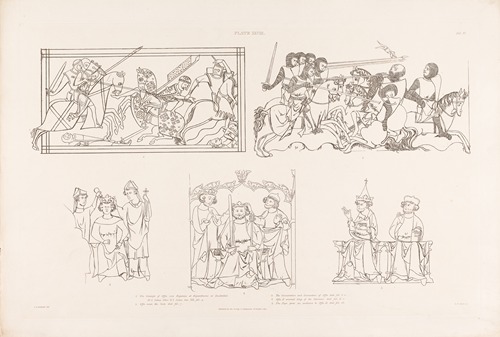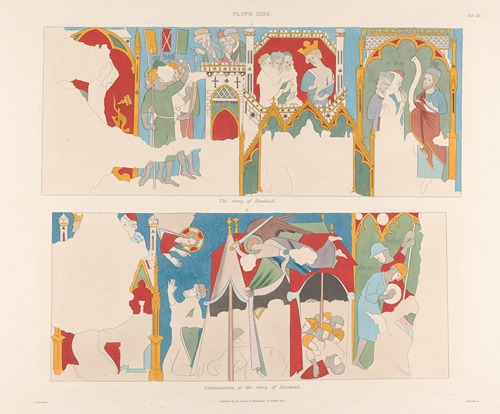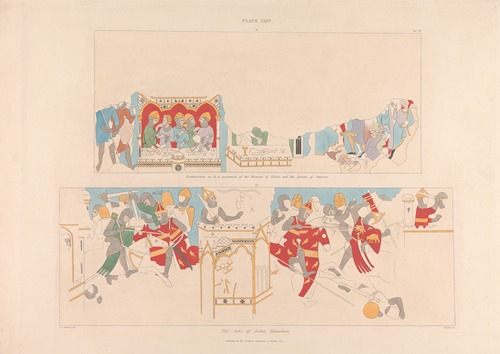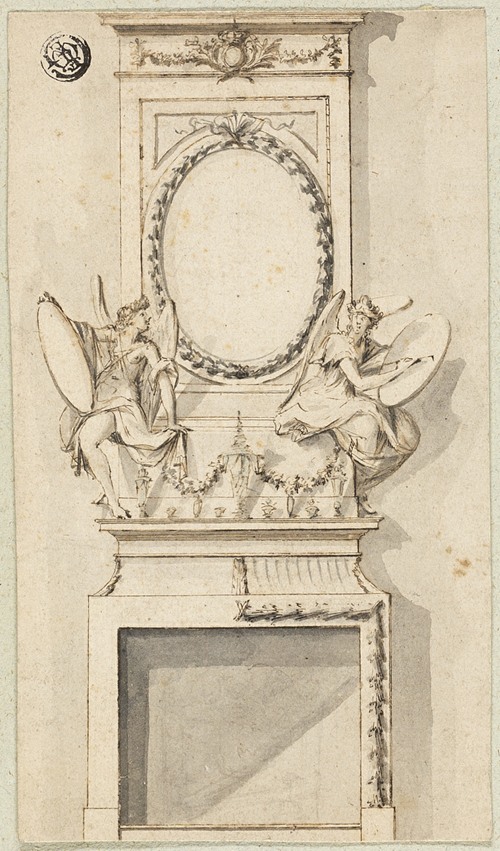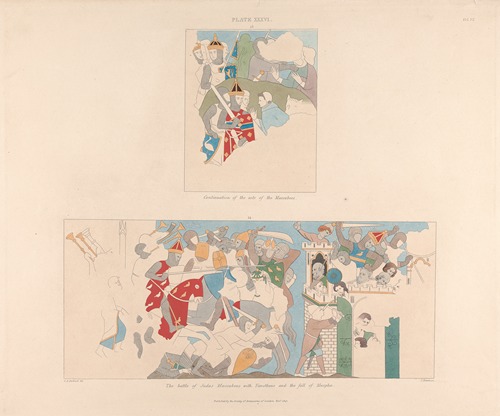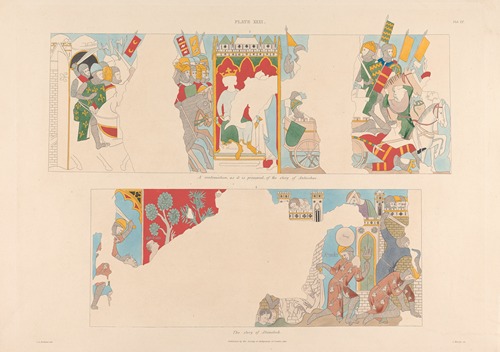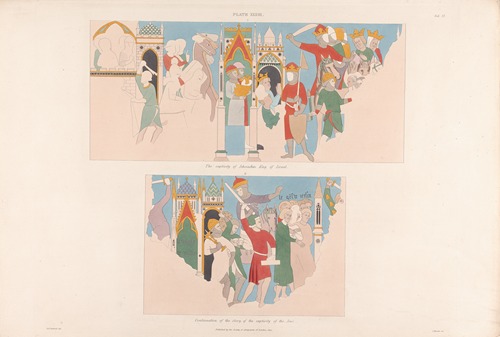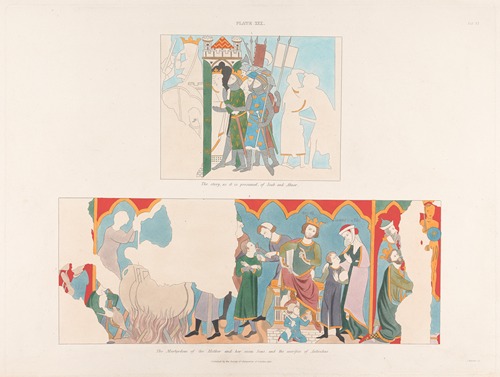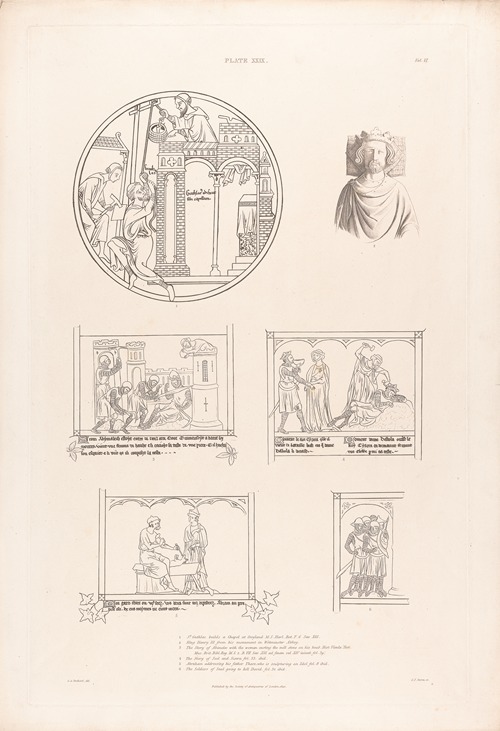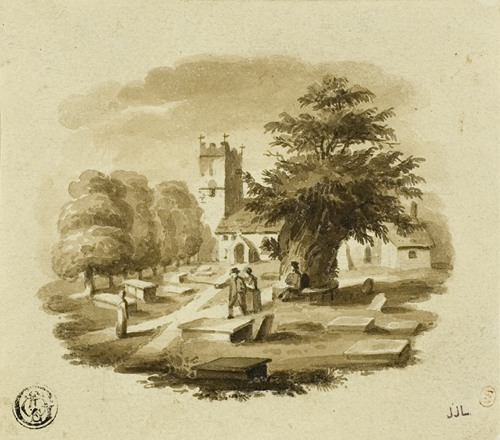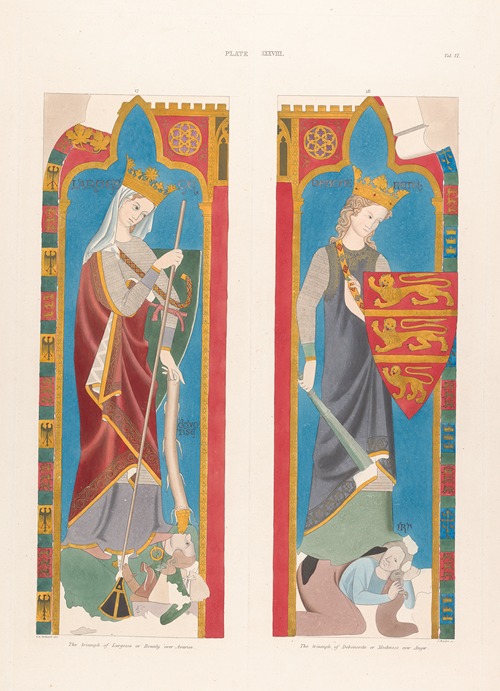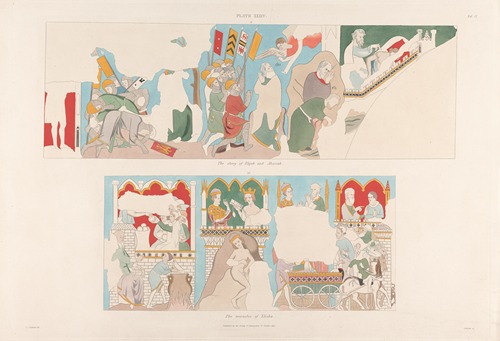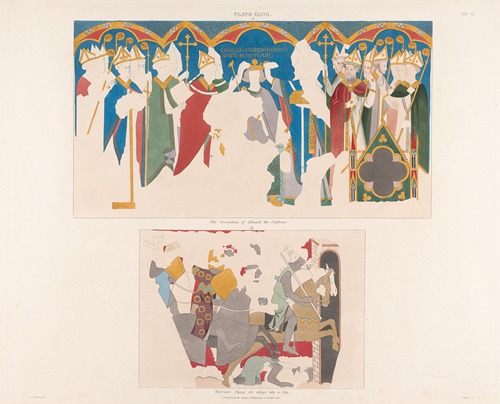
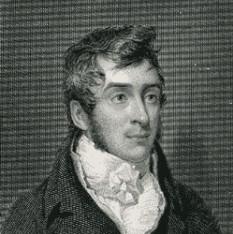
Charles Alfred Stothard was an English antiquarian draughtsman, with a special interest in monumental effigies.
Stothard was born in London, the son of the painter, Thomas Stothard. He was educated at a school run by a Mr Dearne, and then became a private pupil of the Rev Robert Burnside. He studied at the Royal Academy from 1807, and began his first historical picture, the Death of Richard II in Pomfret Castle three years later. His depiction of the king was based closely on the effigy on his tomb in Westminster Abbey.
He soon abandoned the historical painting for a project which he hoped would be more remunerative, The Monumental Effigies of Great Britain. He published the first part in 1811; an accompanying advertisement explained that its purpose was to supply historical painters with accurate details of costume up to the reign of Henry VIII, to illustrate history and biography, and to provide accurate information on dress for productions of the plays of Shakespeare. During 1815 he travelled Britain making drawings for Daniel Lysons' Magna Britannica. In that year he was appointed historical draughtsman to the Society of Antiquaries, who sent him to Bayeux to make coloured drawings of the tapestry for publication in the series Vetusta Monumenta. He made three visits to Northern France in 1816–19 for this project. On the first of these he also discovered the location of the monuments of the Plantagenets, which had been moved when the chapel at the abbey of Fontevraud in which they were housed was demolished during the French Revolution, and made accurate drawings of them. He was elected a fellow of the Society of Antiquaries in 1819.
He made copies of the medieval paintings discovered in the chamber of the House of Lords, and prepared a paper discussing their date. He visited the Netherlands in September 1820, and early the next year prepared the eleventh part of the Monumental Effigies, finished a large plate of the effigies from Fontevraud and began a work on seals.
In February 1818, he married Anna Eliza Kempe, who accompanied him when they travelled to France that year. She retained many of his drawings after his death and left them to the British Museum after her own death, in 1883. They had one child, a daughter, who only survived her father by a year.
In May 1821 he went to Devon to make drawings for Daniel and Samuel Lysons' history of Devon, Magna Britannia, vol. 6, Devonshire, published in 1822. He died on the 28 May, falling from a ladder while tracing a portrait from one of the windows in St Andrew's Church, Bere Ferrers. His grave is at Bere Ferrers.
